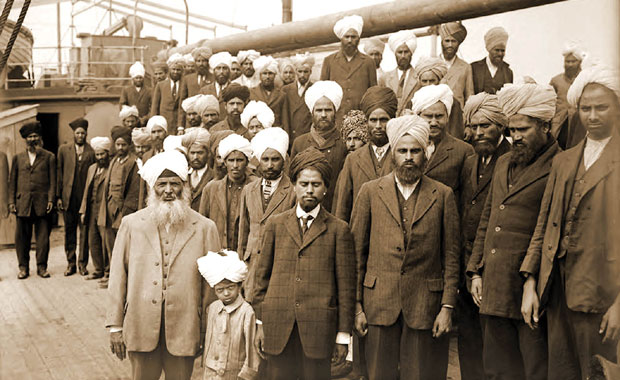Centenary of Komagata Maru Tragedy
The ship that changed the course of Indo-Canadian history
Many passengers had boarded the Komagata Maru ship to Canada at Hong Kong, Singapore and Shanghai. On return journey, several of them wanted to land from where they had started their voyage but were refused permission to disembark. On September 5, 1914, before Komagata Maru reached India, the British authorities had enacted a new law, “Ingress into India Ordinance”, which empowered the Punjab Government to check the people entering India. The Government also had power to confine their movements to their villages or imprison them without trial. On reaching Budge Budge, near Calcutta, on September 29, 1914, the British Indian Government asked the passengers to board the train for Punjab. Except 62 passengers, all others wanted to stay in Kolkata and find employment there.
The passengers had the Holy Sikh Scriptures, Guru Granth Sahib which they wanted to deposit at the Sikh temple, Kolkata. They proceeded in a procession to go to the temple but the police did not want them to go. In the scuffle between the police and the passengers, the police opened fire resulting in the death of twenty-three people – eighteen passengers, two innocent Begalis, two European officials, and one Punjab police official. Several suffered injuries and were hospitalized. Gurdit Singh and forty five of the passengers escaped. The police arrested two hundred and two passengers and put them in prison or confined them to their villages in Punjab for several years. (Harish Puri, The Ghadar Movement, 100) The brutal treatment of the returning passengers generated a wave of resentment against the British government. The Komagata Maru incident encouraged new converts to the Gadar cause, from not only North America but also Indians from all over the world and gave impetus to the movement for India’s independence.











Comments.